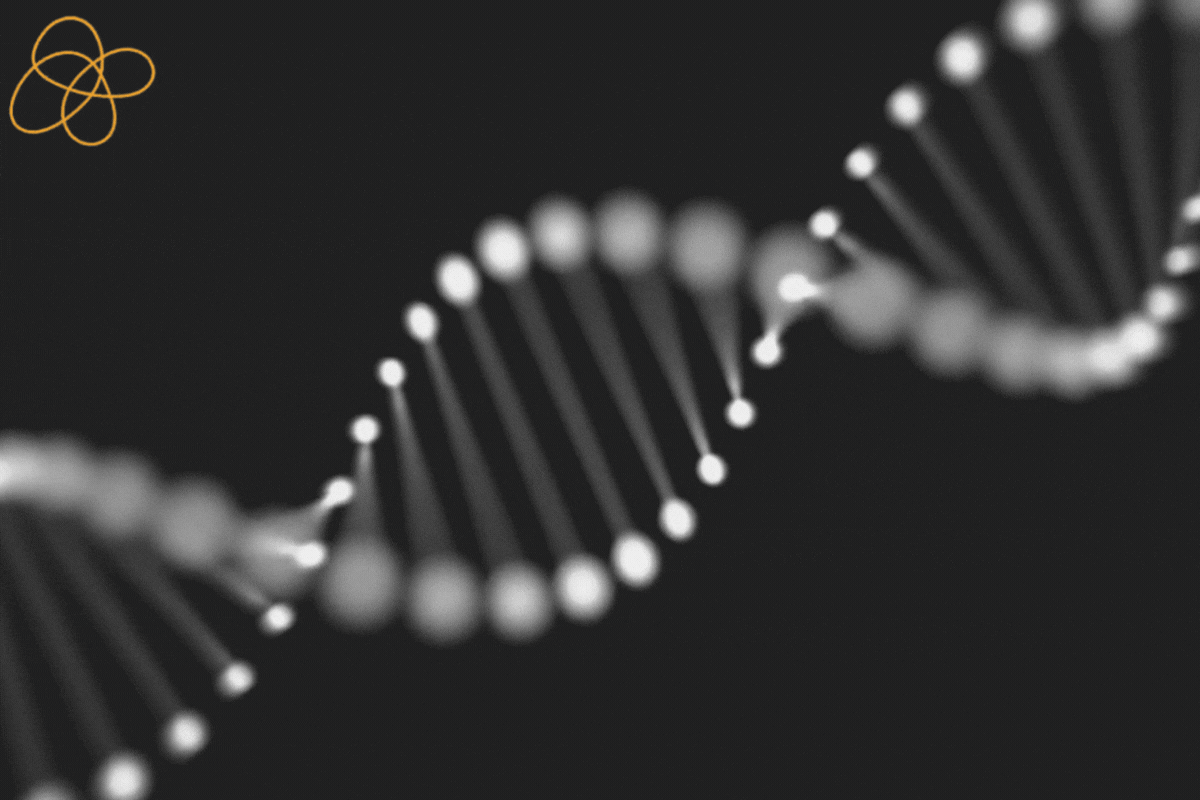Unlocking the Keys to Successful Biologics Drug Development: Navigating FDA Regulatory Challenges and Best Practices
Understanding the Regulatory Landscape
Navigating regulatory requirements for biologics products can be a complex and challenging process, but ensuring that these products are safe and effective for patients is essential. Here are some steps to consider when navigating CMC (Chemistry, Manufacturing, and Controls) regulatory requirements for biologics products:
- Understand the regulatory landscape: Before you begin developing your biologics product, you must understand the regulatory requirements in the countries where you plan to market your product. The Food and Drug Administration (FDA) regulates biologics products in the United States, while the European Union and the European Medicines Agency (EMA) play this role. Other countries may have their own regulatory bodies, so it’s essential to do your research.
- Develop a CMC strategy: A well-developed CMC strategy is essential to ensure that your biologics product meets regulatory requirements. This strategy should include plans for product characterization, process development, manufacturing, and testing, as well as plans for addressing any potential issues that may arise.
- Conduct product characterization: Product characterization is the process of identifying and describing the physical and chemical properties of the biologics product. This information is essential for developing appropriate manufacturing processes and testing methods and understanding the product’s safety and efficacy.
- Develop a manufacturing process: The manufacturing process for biologics products can be complex and must be carefully developed to ensure consistency and quality. You will need to develop a detailed process that includes steps for producing the product, ensuring purity, and assessing quality.
- Conduct testing: Testing is a critical component of the CMC process. You will need to develop testing methods to ensure that your product meets safety and efficacy requirements. This testing may include in vitro and in vivo studies, as well as other types of testing.
- Prepare regulatory submissions: Once you have developed your biologics product and completed the necessary testing, you will need to prepare regulatory submissions for approval. These submissions will need to include data on the product’s safety, efficacy, and manufacturing process, as well as data on product stability and shelf-life.
- Work with regulators: Throughout the regulatory approval process, you will need to work closely with regulators to ensure that your product meets all of the necessary requirements. This may involve responding to questions and providing additional data to address any concerns or issues that arise.
Navigating CMC regulatory requirements for biologics products can be a challenging process, but by developing a solid CMC strategy and working closely with regulators, you can help ensure the safety and efficacy of your product.
What are the biggest Regulatory challenges when developing a Biologic product?
Developing a biological product can be a complex and challenging process, and navigating the regulatory landscape is often one of the most significant hurdles. Some of the biggest regulatory challenges when developing a biological product include:
- Stringent regulatory requirements: Biologic products are subject to rigorous regulatory requirements, which can be difficult to navigate. The regulatory bodies responsible for approving biologic products, such as the FDA in the US and the EMA in the EU, require extensive data to demonstrate the safety and efficacy of these products, which can be time-consuming and costly to generate.
- Complexity of the manufacturing process: Biologic products are typically produced using living cells or organisms, which can be difficult to control and monitor. This can make it challenging to ensure that the manufacturing process is consistent and produces a product that meets the necessary quality and purity standards.
- Product heterogeneity: Biologic products are often more complex than traditional small molecule drugs, which can result in product heterogeneity. This means that variations in the product’s structure or other characteristics may impact its safety and efficacy. Regulatory bodies may require extensive characterization and testing to ensure these variations are well understood and controlled.
- Intellectual property issues: Biologic products are often complex and may involve a range of different intellectual property rights, including patents, trade secrets, and know-how. These issues can be complex and may require careful management to avoid infringement or litigation.
- Regulatory harmonization: Regulatory requirements for biological products can vary significantly between different countries or regions. This can make it challenging for companies to develop and launch products globally, as they may need to navigate a range of different regulatory requirements and timelines.
Overall, developing a biologic product is a complex process that requires extensive expertise and resources. By working closely with regulatory bodies and developing a solid regulatory strategy, companies can help ensure that their products meet the necessary safety and efficacy requirements and gain approval for use in patients.
FDA guidances for biologics drug development?
The US Food and Drug Administration (FDA) provides a number of guidance documents to help companies navigate the regulatory requirements for biologics drug development. Here are some of the most essential FDA guidances for biologics drug development:
- “Guidance for Industry: Q8(R2) Pharmaceutical Development”: This guidance document provides recommendations on the principles and practices of pharmaceutical development, including the development of biologics. It emphasizes the importance of a science- and risk-based approach to product development and encourages the use of quality-by-design (QbD) principles.
- “Guidance for Industry: Process Validation: General Principles and Practices”: This guidance document provides recommendations for validating manufacturing processes, including those used for biologics. It outlines the requirements for process validation, including process design, qualification, and ongoing monitoring.
- “Guidance for Industry: Scientific Considerations in Demonstrating Biosimilarity to a Reference Product”: This guidance document provides recommendations for demonstrating similarity between a proposed biosimilar product and a reference product. It outlines the scientific and regulatory requirements for biosimilar development, including the need for extensive comparative analytical and functional testing.
- “Guidance for Industry: Immunogenicity Testing of Therapeutic Proteins”: This guidance document provides recommendations for the testing of immunogenicity, or the potential for a product to cause an immune response, in therapeutic proteins. It outlines the types of tests that should be conducted, including preclinical and clinical testing, and provides recommendations for the interpretation of results.
- “Guidance for Industry: Development and Submission of Near-Infrared Analytical Procedures”: This guidance document provides recommendations for developing and validating near-infrared (NIR) spectroscopy methods for use in the analysis of biologics. It outlines the requirements for method development and validation and the data that should be included in regulatory submissions.
These are just a few of the many FDA guidances that are available to help companies navigate the regulatory requirements for biologics drug development. Companies should carefully review these guidances and work closely with regulatory bodies to ensure that their products meet the necessary safety and efficacy requirements.






